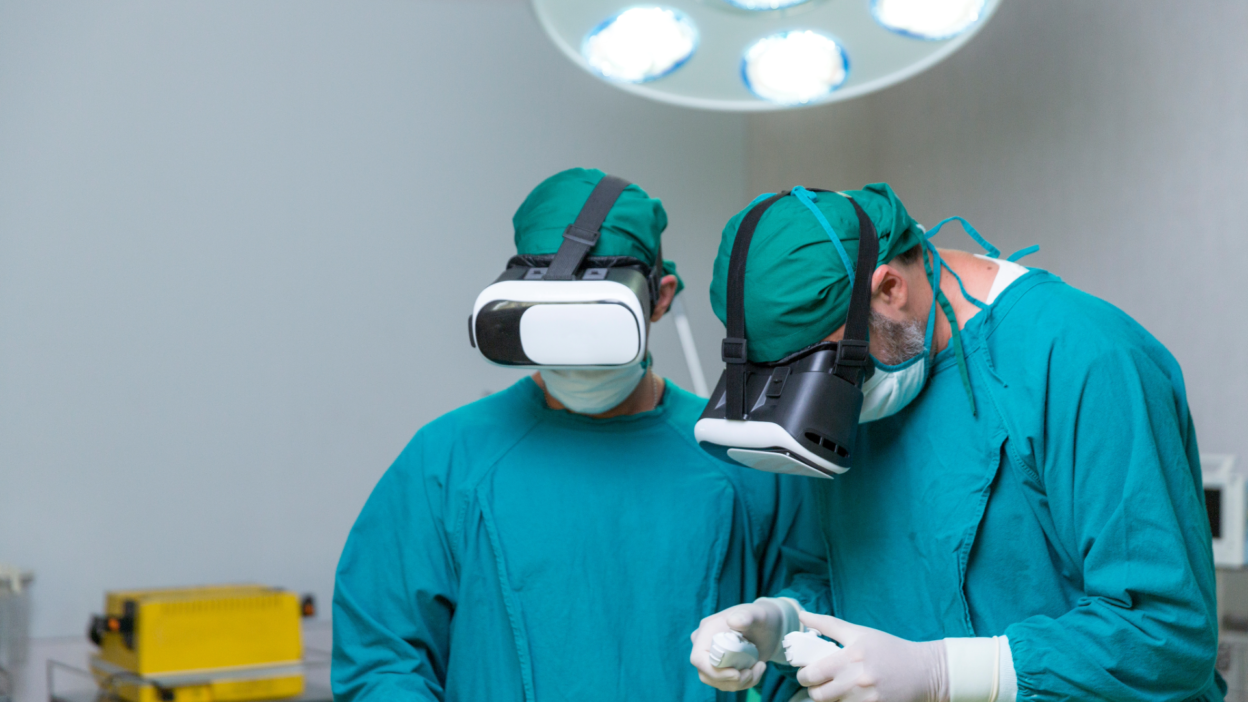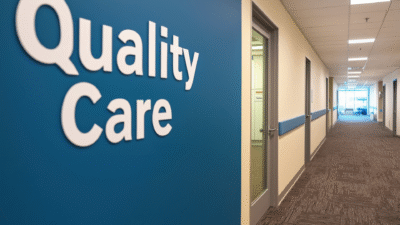An innovative solution to prevent medication mistakes in healthcare.
Medication Errors: A Silent Crisis in Healthcare
Medication errors are a staggering yet preventable issue in healthcare, impacting at least 1 in 20 patients in hospitals. Errors such as administering the wrong medication or selecting the incorrect vial, can often have devastating consequences, going unnoticed until it’s too late.
In the U.S. alone, medical errors account for an estimated 140,000 to 440,000 deaths annually, with a significant portion occurring within operating rooms. It’s clear: the traditional safeguards in place are insufficient. Healthcare urgently needs an innovative, reliable solution.
The Solution: A Wearable Camera System
Enter a groundbreaking development, a wearable camera system designed to revolutionize how medication errors are detected and prevented. Built on deep learning algorithms, this system is mounted on a head strap, allowing it to capture real-time, high-resolution (4K) footage of drug preparation processes.
Here’s how it works:
- Error Detection in Real-Time: The system identifies and classifies drug labels on syringes and vials with 99.6% sensitivity and 98.8% specificity.
- Immediate Feedback: If an error, such as a vial swap, is detected, the system instantly alerts the clinician.
- Proactive Intervention: This allows the provider to correct potential mistakes before administering the medication, safeguarding patient safety.
How It Works
This wearable device combines advanced video technology with deep learning algorithms:
- Video Streaming: A 4K camera mounted on the clinician’s head captures footage during drug preparation.
- Wireless Analysis: The footage streams to a local server equipped with a graphics processing unit for rapid processing.
- Error Detection: The system detects syringes and vials in-hand, classifies drug labels, and identifies mismatches.
- Real-Time Alerts: If a potential error is found, the system sends an immediate notification to the clinician.
This process ensures a second layer of oversight, acting as a virtual “safety net” during high-stakes medical scenarios.
Real-World Testing Yields Promising Results
The system was rigorously tested in real-world settings across two hospitals, involving:
- 13 anesthesiology providers
- 17 operating rooms
- 55 days of real-time usage
- 600+ drug preparation events
With its ability to detect vial swap errors seamlessly, the results were nothing short of encouraging. It performed reliably in both routine care and controlled environments, demonstrating its potential to be a game-changer in operating rooms.
High Clinician Acceptance
A survey of 109 anesthesiology providers revealed that 88% would be willing to adopt a lightweight, FDA-cleared camera system that improves safety or simplifies charting. This enthusiastic response highlights the system’s potential to integrate smoothly into clinical workflows without adding unnecessary burdens.
Challenges and Future Directions
While the wearable camera system shows immense promise, a few challenges remain:
- Obstructed Visibility: Drug labels might be hidden due to poor lighting or hand placement.
- Standardization Issues: The system relies on standardized drug labels, which are not yet universally adopted.
To overcome these hurdles, future upgrades should include:
- Higher-resolution cameras for improved visibility.
- Continuous learning algorithms to adapt to various environments and label discrepancies.
Broader Implications Beyond the Operating Room
The impact of this technology could extend far beyond anesthesiology or operating rooms. Nurses, for example, administer millions of intravenous medications daily. Medication errors are a top concern in nursing, and such a system could offer an additional safeguard, reducing risks and enhancing patient outcomes.
Conclusion: A New Era in Medication Safety
This wearable camera system isn’t just a technological innovation, it’s a lifesaving solution poised to address one of healthcare’s greatest challenges. By leveraging real-time error detection, it can:
- Reduce medication errors significantly.
- Save lives.
- Lower healthcare costs.
As the technology evolves and gains FDA clearance, it promises to reshape how clinicians approach medication preparation, and ultimately, redefine patient safety standards.
The future of error-free healthcare is on the horizon, and it’s wearable.





